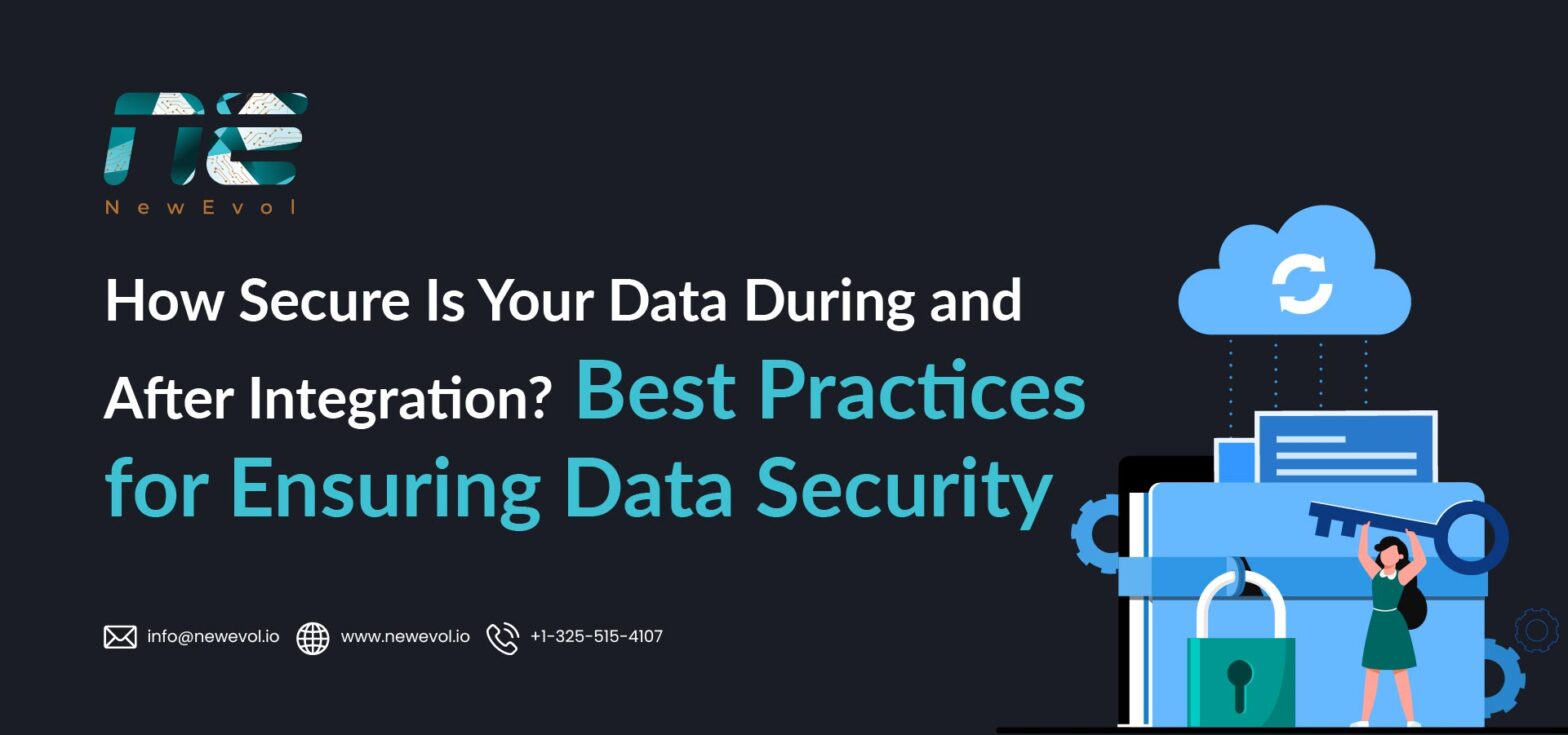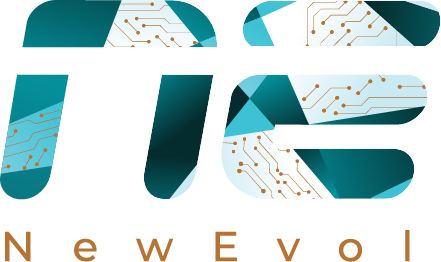How Secure Is Your Data During and After Integration? Best Practices for Ensuring Data Security

In today’s hyper-connected digital economy, data is an enterprise’s most valuable currency. But as organizations in India accelerate their digital transformation — integrating data across on-premises systems, cloud platforms, and third-party applications — the risk of exposure multiplies. Every API connection, migration pipeline, and integration layer can become a potential attack surface.
So, how secure is your data — not just at rest or in motion, but during and after integration? Let’s break down why integration security matters, the risks it poses, and what best practices can safeguard your organization’s data from breach to compliance.
Why Data Integration Security Matters
Data integration is the backbone of digital transformation. It allows different systems — ERP, CRM, HRM, analytics, and IoT — to exchange and harmonize information in real time. However, integration introduces a complex web of dependencies that attackers can exploit. India experienced a 36% increase in data breaches linked to third-party integrations and API vulnerabilities in 2024.
In India’s fast-growing data ecosystem — where businesses are adopting hybrid and multi-cloud architectures — ensuring security during integration has become a boardroom priority.
A single insecure integration point can compromise:
- Confidentiality: Sensitive business or personal data can leak between connected systems.
- Integrity: Malicious actors may alter data during transfer or transformation.
- Availability: Improperly secured pipelines can be disrupted by ransomware or DDoS attacks.
The challenge? Most breaches don’t occur from the primary system but from third-party connectors or weak authentication layers.
The Integration Security Landscape in India
India’s regulatory and business environment is evolving rapidly. The Digital Personal Data Protection (DPDP) Act, 2023, and sectoral mandates like RBI cybersecurity guidelines or IRDAI data protection directives, require organizations to maintain strict control over how data is collected, processed, and shared.
As enterprises integrate systems across geographies and vendors, they must ensure that data sovereignty and regulatory compliance are embedded in every integration workflow.
For example:
- A financial institution connecting its on-premises core banking system to a cloud analytics platform must ensure encryption, access control, and data locality compliance.
- A healthcare provider integrating EHR systems with a telemedicine app must manage consent, encryption, and audit trails for patient data.
Common Security Risks During Data Integration
In 2024, 74% of Indian organizations reported at least one API or integration-exploit attempt within 12 months. Understanding the risks helps build stronger defense mechanisms. Key vulnerabilities include:
Weak Authentication and Authorization
Poorly configured credentials or API keys can be exploited by attackers to access sensitive systems.
Unencrypted Data Transfers
Data transmitted between systems without strong encryption can be intercepted and manipulated.
Shadow Integrations
Teams often connect tools or APIs without security review — creating “shadow IT” integrations invisible to central governance.
Improper Data Mapping or Transformation
Misconfigured mapping may expose sensitive fields (like personal identifiers) to systems that shouldn’t have access.
Insecure Third-Party Connectors
Many integrations rely on third-party middleware or open-source APIs, which can introduce unpatched vulnerabilities.
Best Practices to Secure Data During and After Integration
Building a resilient integration framework means embedding security across every layer — from architecture design to ongoing monitoring.
1. Encrypt Everything — Everywhere
Use end-to-end encryption (AES-256 or stronger) for data in transit and at rest. Ensure all integration endpoints use HTTPS/TLS. Apply key management best practices — rotate keys regularly and store them in secure vaults.
2. Adopt a Zero-Trust Integration Framework
Never assume any system, internal or external, is automatically trusted. Enforce strict identity verification and least-privilege access. Each API call, data request, or service communication should be authenticated and verified dynamically.
3. Leverage Secure APIs and Gateways
All integrations should pass through API gateways with built-in rate limiting, validation, and security policies. Modern gateways can detect anomalies and block suspicious traffic before it reaches your core systems.
4. Data Masking and Tokenization
Mask or tokenize sensitive information (like PAN, Aadhaar, or account numbers) during transfer and transformation. This prevents exposure even if data packets are intercepted.
5. Continuous Monitoring and Anomaly Detection
Use AI-driven monitoring tools to detect irregular access patterns, failed authentications, or data anomalies. Platforms like NewEvol integrate behavioral analytics that identify suspicious movement across integration layers in real time.
6. Governance and Compliance Automation
Embed compliance checks directly into integration pipelines. Automate audits for frameworks like ISO 27001, RBI, DPDP, and GDPR equivalents.
7. Secure Data Storage and Backup
Post-integration, ensure that the target repositories — data warehouses, analytics platforms, or cloud storage — are hardened with proper IAM controls, logging, and encryption.
8. Vendor and API Risk Assessment
Before integrating with third-party services, conduct a risk assessment of their security posture. Regularly review SLAs, compliance certifications, and vulnerability disclosures.
9. Implement Strong Identity Federation
Use centralized identity management (e.g., SSO, OAuth, or SAML) to unify authentication across integrated systems. This simplifies governance and reduces credential sprawl.
10. Conduct Penetration Testing for Integration Pipelines
Simulate attacks on APIs, connectors, and middleware to uncover vulnerabilities before adversaries do. Include data transformation and storage layers in your testing scope.
Data Security After Integration: The Often-Ignored Phase
Many organizations focus heavily on securing data during transfer but forget that integration doesn’t end when the data lands. Post-integration security ensures the integrity, confidentiality, and privacy of data stored and used in downstream analytics, AI, and decision systems.
Here’s what that means practically:
- Access Reviews: Continuously audit who has access to integrated data and revoke unused permissions.
- Data Lineage Tracking: Maintain visibility into where integrated data flows and how it’s used.
- Lifecycle Management: Apply retention and deletion policies to prevent data hoarding.
- Anomaly Detection: Use ML models to detect deviations in data usage post-integration.
- Immutable Logging: Maintain tamper-proof audit trails to support investigations and compliance.
India’s Future of Secure Data Integration
India’s digital economy is projected to generate over $500 billion in data-driven value by 2030. This growth depends on how securely organizations can integrate, process, and share data while complying with evolving laws and consumer expectations.
With the government’s push for Digital India, and initiatives like the India Stack, integration will only become more critical — and complex. Secure-by-design architectures, AI-driven security monitoring, and zero-trust frameworks will define the next generation of integration ecosystems.
Organizations that proactively invest in secure integration not only reduce breach risk but also enhance data quality, trust, and operational agility — gaining a long-term competitive edge.
FAQs
1. Why is data security critical during integration?
Because every data transfer or connection creates potential entry points for attackers.
2. How can encryption help?
It ensures that data remains unreadable and secure even if intercepted.
3. What is zero-trust integration?
It’s an approach where every request or connection is authenticated and verified — no implicit trust.
4. What are post-integration risks?
Unauthorized access, data misuse, and compliance violations in stored datasets.
5. How can AI help improve integration security?
AI can monitor traffic, detect anomalies, and automatically respond to threats in real time.
6. What laws govern data integration security in India?
The DPDP Act, RBI cybersecurity guidelines, and sectoral data protection mandates.
7. How does NewEvol help enterprises?
NewEvol uses AI-driven analytics and automation to secure data pipelines from ingestion to intelligence.

